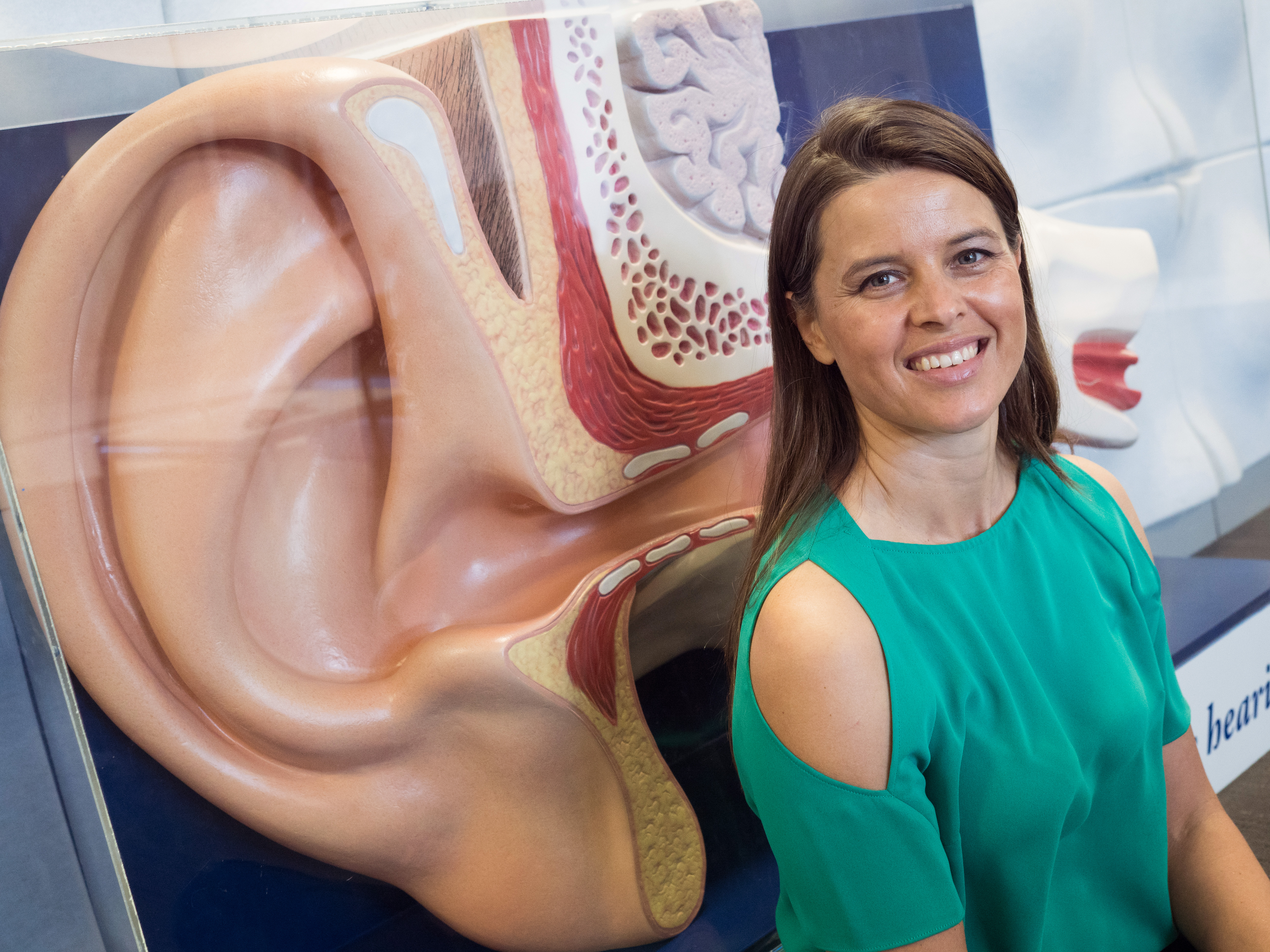
- Even moderately noisy workplaces, like offices, can impact a person’s wellbeing
- Moderately noisy workplaces can be linked to stress, changes in weight, cardiovascular disease and depression
- Altering the acoustic design of offices, encouraging break-taking and the use of noise-cancelling headphones are all ways to counteract the impact of noisy workplaces on wellbeing
During Hearing Awareness Week (20-26 August 2017), researcher Associate Professor Catherine McMahon, Head of Audiology at Macquarie University’s Australian Hearing Hub, wants companies and employers to be aware that even a moderately noisy working environment, such as an office, could be impacting their employees’ wellbeing.
“While excessive noise can cause hearing loss, moderate levels which may not be damaging to hearing can increase stress, decrease motivation and therefore reduce workplace productivity,” explains Associate Professor McMahon.
While excessive noise is a leading cause behind hearing loss, with a 2010 Access Economics Report attributing noise as the reason behind 37 per cent of hearing loss cases in Australia, the impact of moderate noise levels on wellbeing and physical health can also be quite severe.
“Stress increases cortisol levels which can affect our weight, increase the risk of cardiovascular disease, depression and lead to lower life expectancy. Noise can also reduce our ability to sleep, and due to the need for increased attention to what we are doing – listening to someone speak, reading or writing – we are generally more fatigued by the end of the day. Of course, this can also cause increased effort when thinking, frustration and anxiety,” explains Associate Professor McMahon.
Workplace areas such as open plan offices, while an innovative design, need to be acoustically well considered, says McMahon, otherwise these spaces could be impacting employees’ ability to do their work comfortably.
“Noise is a subjective parameter, therefore we need to assess how an individual reacts to sound and determine its effects on distractibility, stress and productivity. For example, it’s important to remember that speech is time varying and changes in level and informational content. Therefore, speech from an adjacent cubical can be considered annoying if it is distracting others from working, which is not simply a matter of the level of an individual’s voice.”
In addition to companies and employers taking into account office acoustic design, McMahon also suggests the use of noise-cancelling headphones in noisy areas.
“Noise-cancelling headphones may help to some extent in reducing the impact of noise on a worker, particularly if the office can’t be altered to reduce sound. However, it should be noted that these types of headphones are designed to reduce the levels of noise, which has a different spectral quality than speech.”
However, one of the biggest tips that McMahon offers workplaces is to support their employees in taking breaks in order to reduce the impact of a noisy workplace.
“Noise and stress are cumulative – everyone needs a break from noise. So taking a lunch break or going for a walk during the day is a great strategy and is good for your physical and mental health,” she concludes.
Read more:
For further information on Hearing Awareness Week and advice on how to better protect your hearing, please visit this page. There is also an array of hearing clinics on campus, an online hearing test and noise risk calculator available, as well as free hearing checks offered during Hearing Awareness Week at convenient community locations.








